Archaeological evidence reveals a close relationship between people and the spiritual world back to the Bronze Age. Springs often reveal ritual deposits, such as those found at the head of the Seine. It’s unsurprising that humans would continue this water-based relationship via wells.
For some scholars, wells had either a patron deity or a guardian spirit, which was later replaced by a saint or angel (Gary 2022: 15). For example, there is a suggestion that the Celtic water goddess Alauna became St Helen (Gary 2022: 16).
But wells took on multiple functions, used to heal, curse, make wishes, and even divine. And, of course, people used them as a water source. We’ll take a look at some of these wells across the British Isles.
As the theme for this month is Sacred Places in the Landscape, I won’t be covering wells in towns or cities – so no Glastonbury! I’ll be looking at Urban Wells in the future though, so stay tuned. I’ve also got an exclusive article about well-dressing for Patreon supporters, so I won’t be covering well-dressing here either.
But let’s find out some of the folklore of wells…
Collecting Well Water
Most wells would be local to the people who used them, but locals didn’t only use the water by paying a visit. They might even collect the water to use at home. We see a modern version of this at the petrifying well at Mother Shipton’s Cave in Knaresborough. People buy bottles of water from the gift shop in the hope that some of the magical ability of this 16th-century prophetess still lies in the water.
In north Devon, people collected water from holy wells on Ascension Day to enjoy its benefits throughout the year (Gary 2022: 41).
The first water drawn on New Year’s Day was called the Flower of the Well, and it brought a household good fortune. It was so-named because whoever got to the well first left a flower in the well to let others know someone had already collected the first water of the year.
If you collected the Flower of the Well from the Old Kirk Well, the Upper Well or the Riverside Well in Wark on Tyne in Northumberland, you also gained the ability to fly at night or pass through keyholes (Gary 2022: 41).
Wells and Saints
Wells are probably most often thought of in connection with saints. How people interacted with the well depended on its location and, in some cases, the saint.
Celeste Ray explains that when visiting an Irish holy well, the visitor walks clockwise around the well, repeats a specified number of prayers, and may leave an offering. Some wells also have features in the landscape such as trees or boulders, and visitors would pray at each feature, or station, in turn. From there, visitors might drink from the water, use it to anoint parts of the body or flick water around themselves while naming the Trinity (2023).
Saints and Well Origin Stories
As well as saints being patrons of wells, wells often have miraculous origin stories of water springing forth from the spot where a decapitated saint’s head fell, such as St Sidwell in Exeter, where the saint was beheaded while in prayer. A spring welled up on the spot, supposedly with healing properties (Gary 2022: 17). Sadly, the well is now lost.
Knights murdered St Thomas Becket in Canterbury Cathedral in 1170. According to legend, locals put his blood and brains in the cathedral well, turning the waters into a holy relic (Gary 2022: 19).
Saints could also ‘create’ healing springs by driving their staff into the ground. Sir John Schorne, an unofficial saint and rector at North Marston in Buckinghamshire, apparently did exactly that, and a spring gushed forth on the spot. The waters worked best to cure toothache or gout and you can still visit the spring today.
Parents dipped sickly children into St. Bede’s Well near Jarrow, before dropping a crooked pin into the well as payment (Henderson 1879: 231). According to legend, the young St Bede discovered the well, and he preached there. No one knows if he ever visited the well, but locals certainly believed in its power to cure the sick.
Clootie Wells
But wells didn’t only rely on saints for their healing properties. Some wells derived their healing powers from a guardian spirit. This gave rise to the practice of the clootie tree.
These were usually hawthorns that stood over or beside a well. The accepted practice is to tear a length of fabric from your clothing, ideally the clothing touching the afflicted body part. This creates the ‘clootie’. You dip this fabric into the well, seeking the aid of the well’s spirit, and then hang it over a branch, or impale it on a thorn. As the rag rotted, so your ailment would reduce (Gary 2022: 24). If anyone removed the clootie, the ailment would transfer to them (Gary 2022: 37).
In some places, the patient would recite a charm as they did this. Patients in Madron in Cornwall had to do the entire practice in total silence to achieve success (Gary 2022: 37).
People have visited the clootie well at Munlochy on the Black Isle in the Highlands since at least 620AD. At this time, the well was linked with St Boniface, but its use as a clootie well superseded this link. Patients would visit the well, circle it clockwise three times, splash water on the ground and pray before tying their rag to the tree (The Newsroom 2017).
But it goes wrong…
Part of the problem with clootie trees is that people now see the cloth as an offering, so they leave non-biodegradable fabrics that damage the tree. Why they think a water spirit would grant their wish in exchange for a ragged strip of polyester is beyond me. But if you want to get the most out of a clootie well, the fabric needs to be able to rot. Undyed linen is a good option.
An alternative to the clootie was the charm bag. A patient might make a charm bag containing various ingredients and something from their body, like a lock of hair or nail clippings. They left the bag at the well, and, because it contained part of themselves, it would also leave part of their spirit at the well. Their spirit enjoyed the healing influence of the well, transferring it to the person without them needing to be physically present (Gary 2022: 38).
Healing Wells
Many holy wells offered healing as a primary function. How you accessed this healing varied. You might drink the water, anoint the afflicted body part with the water, or make an offering to the well’s spirit or saint. People often took well water home to continue their cure over the following days.
In Scotland, people believed the wells were most potent on the first Sundays of November, February, May and August (The Newsroom 2017). Elsewhere, people couldn’t put down the container of water until they got home, and they couldn’t tell anyone about their well visit. They also had to take a different route home from the well than the one they followed to get there.
Don’t Offend the Well Spirit
It was also important not to offend the well spirit, and you could do this by washing clothes or animals in the well or felling any trees by the well. If offended, the well spirit might withdraw its powers. According to legend, Erasmus Pascoe, the Sheriff of Cornwall, bathed his dog in the well of St Phillack in 1720 and a curse befell his family (Gary 2022: 42).
Irish wells migrated if they took offense at human behaviour. They might do so if someone washed dirty clothes or feet in the well, letting dogs drink from them, washing farm animals in them, or trying to fill them in (Ray 2023). In some stories, a person who filled in a well might find it re-emerge in their house. In 1938, the spirit at the eye well at Ballymena in County Antrim apparently fled when someone tried to heal a horse at the well (Ray 2023).
Of course, it did depend on the well. St John’s Well in Harpham provided cures for humans and livestock alike, much like the healing spa at Bath. According to legend, the Celtic Prince Bladud was badly affected by leprosy, and was forced to live as a swineherd. He passed his affliction onto his pigs. One day, he took them to drink from Sulis’ spring in Bath, which healed them. Bladud likewise bathed in the water and was also cured (Gary 2022: 43).
Healing wasn’t only available to humans or animals. On stormy days, islanders on Inishmurray, Co Sligo would drain the Tobernacoragh, or Well of Assistance. Doing so calmed the sea. Elsewhere, sailors took clay from particular holy wells to protect them from shipwrecks (McHugh 2023: 29).
Would the healing work?
Some wells also offered a form of divination for you to know if your healing work would be successful. Two sacred fish lived in St Peris’ well near Llanberis. People would either bathe the afflicted limb in the water or drink it. If the fish appeared, the cure would work. If the fish stayed hidden, the ailment would remain (Gary 2022: 26).
Fish also appear at other wells. People have long celebrated the Loch Sheanta spring on Skye for its healing abilities. The patient drank the water and circled the spring clockwise three times. People left offerings of clothing, pins, coins, or coloured threads. Here, the people considered a sacred trout in the loch as the well’s guardian, so people refused to fish there (The Newsroom 2017).
Is there a scientific reason behind the healing properties of these wells? While it’s not quite a ‘healing’ well, we might turn to the Sancreed Well, aka Well of Chapel Downs, in Cornwall. The local vicar rediscovered it in 1879. Being lost for so long means there is a lack of associated lore, yet visitors report experiencing trance states and visions in the well. Is it a coincidence that scientists recorded the water as having a radiation count some 200% higher than background levels? (Gary 2022: 13)
Wishing Wells
Yet many of us probably first come into contact with wells through the existence of wishing wells. People visited these wells to make an offering, hoping their wish would be granted.
At the well of St John at Mount Grace Priory in North Yorkshire, people stuck a pin through an ivy leaf before floating it on the water to make their wish (Gary 2022: 60). Leaves that floated meant the wish would come true, leaves that sank meant the wish would go ungranted.
People at St Anne’s Well in Trellech in Monmouthshire offered a pebble with their wish. If lots of bubbles appeared when they dropped the pebble into the water, their wish would be granted. A few bubbles meant a granted wish after a delay. If no bubbles appeared, their wish was denied (Gary 2022: 61).
In the north of England, passersby might breathe their wish as they passed a wishing well. Only dropping a crooked pin into the well assured the wish came true. William Henderson listed the Worm Well at Lambton, another at Westmoreland, and a third at Wooler (1879: 230). Yes, that would be the same well in Lambton into which John Lambton threw the worm he’d hooked from the river. Henderson notes that country girls believed the pin made a convenient offering for the fairy or spirit presiding over the well (1879: 230). I also covered a specific Pin Well in the Cheviots article.
Yet sometimes the offering was more convoluted than dropping a pin into the water. One tradition about Eglwys Fair Well in Lleyn said that a beautiful woman had an important wish. A strange woman visited her one day at sunset, telling her she would get her wish if she went down to the well, filled her mouth with water from the well, came back up and then walked a circuit around the church without spilling a drop of water. The story doesn’t say if she managed it, but Marie Trevelyan claims young people continued to try the ritual to get their wishes granted (1909: 17).
Cursing Wells
People could also use wells for cursing, by dropping tablets inscribed with their victim’s name or wax effigies of their victim into the water. Similar practices occurred with the waters of Bath, using lead scrolls, inscribed with the name of the intended victim. People have sometimes recovered similar lead scrolls from wells.
At some wells, the well guardian wrote the victim’s name in a book before the person cursed them. If the victim suspected someone had cursed them, they could go to the well guardian to find out if their name was in the book – for a fee, of course. Sometimes, draining the well so the victim could find and destroy the slate bearing their name was the best way to break the curse.
Welsh Cursing Wells
Marie Trevelyan offers two stories about St Eliem’s Well. In one, a woman made a clay figure and stuck pins in its heart. She took it to the well, convinced her husband was unfaithful, and added his name to the well guardian’s book. She lowered the figure into the water where it stayed for a week. Her husband apparently suffered heart pains during this period. After the week, she pulled up the figure and moved the pins from the heart to the head. She did this with different body parts over a few months and the man finally changed his behaviour. Having done so, the wife forgave him (1909: 16). I’m assuming she took the pins out of the figure!
A man also took to the well for cursing purposes, suspending a wax image of his uncle over the well. He stuck pins into it and tied it to a piece of copper. He cursed his uncle with pain and loss of money and property. The man plunged the figure into the well three times, before letting it rest at the bottom. The uncle finally promised money to him, and the man removed the figure – and the curse. According to the story, someone robbed the uncle, he suffered physical pain, and lost property to fire during the curse (Trevelyan 1909: 16).
While it’s not quite cursing, people in Llanbedrog used the well to discover the identity of a thief after a robbery. They’d kneel at the well and run through a list of names, both suspects in the theft and acquaintances alike. They would toss bread into the water with each name. The bread would sink when they reached the thief, but if the bread floated and none sank, they would never discover who the thief was (Trevelyan 1909: 17).

What do we make of the folklore of wells?
Heading to a well in search of healing may sound nonsensical to us, but in earlier centuries, you might have been just as likely to find relief from bathing at a holy well as from practising some other form of cure. Given the benefits of hydrotherapy, for some afflictions, simply being around water could help to boost the mood or alleviate stress.
It’s also important to note that those using wells for medicinal reasons understood their actions might not work. We can tell this from their use of divination to see if the work would succeed.
But I think well folklore is more likely to live on through the innate desire to throw a penny into a shopping centre fountain. In popular culture, wells lost some of their magical allure, instead becoming somewhere to deposit unwanted things. Even the traditional healing spas so beloved by previous generations have often fallen into disuse. While people associate most wells with saints, I wonder how the original guardian spirits feel about this abandonment. Perhaps they enjoy the peace.
Have you ever made a wish in a well, and it came true?
References
Gary, Gemma (2022), Wisht Waters: The Cult & Magic of Water, London: Troy Books.
Henderson, William (1879), Notes on the folk-lore of the northern counties of England and the borders, London: W. Satchell, Peyton and Co.
McHugh, Tamlyn (2023), Our ancient landscapes: Holy wells in Ireland, An Chomhairle Oidhreachta: The Heritage Council, https://www.heritagecouncil.ie/content/files/Holy-Wells-of-Ireland.pdf.
The Newsroom (2017), ‘7 ‘magic’ wells of Scotland’, The Scotsman, 4 June, https://www.scotsman.com/whats-on/arts-and-entertainment/7-magic-wells-of-scotland-855602.
Ray, Celeste (2023), ‘An Introduction to the Holy Wells of Ireland’, in Celeste Ray and Finbar McCormick (eds), Holy Wells of Ireland, Bloomington, IN: Indiana University Press.
Trevelyan, Marie (1909), Folk-Lore and Folk-Stories of Wales, London: Elliot Stock.
Nutty about folklore and want more?
Add your email below and get these posts in your inbox every week.
You'll also get my 5-step guide to protecting your home using folklore!

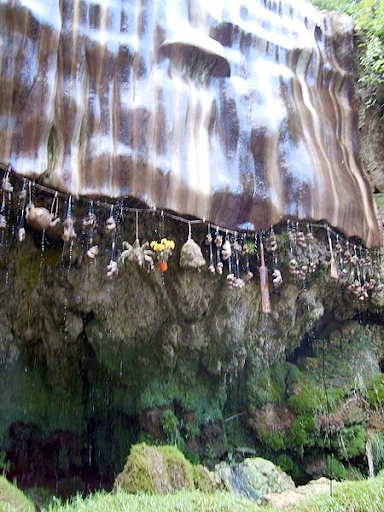
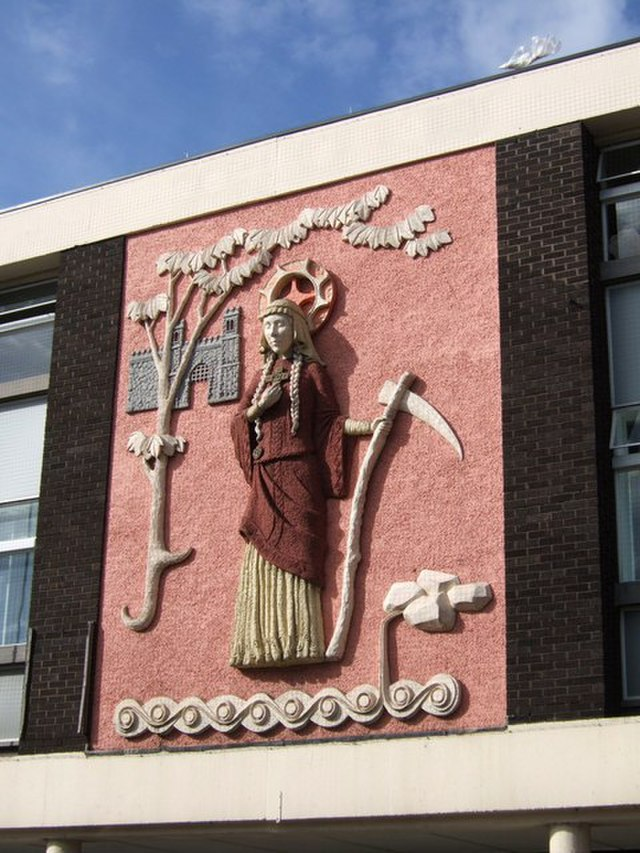
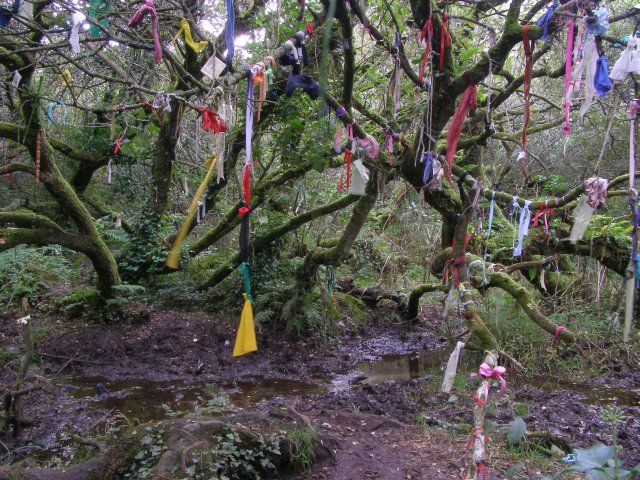
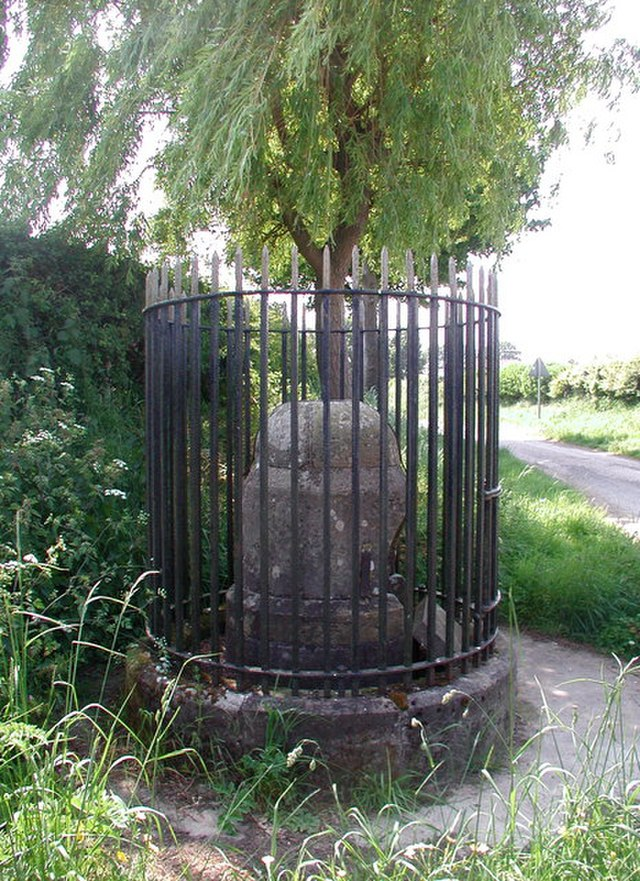
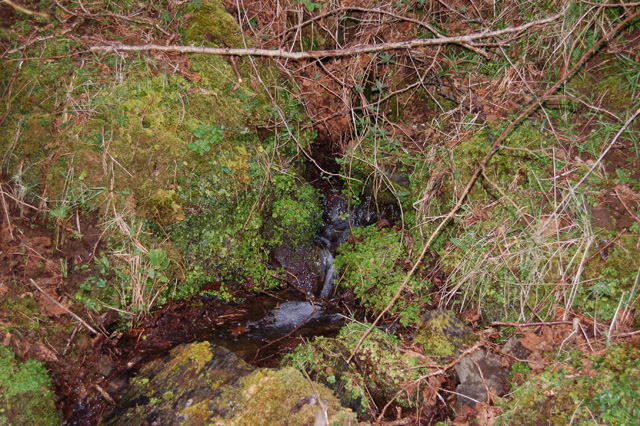

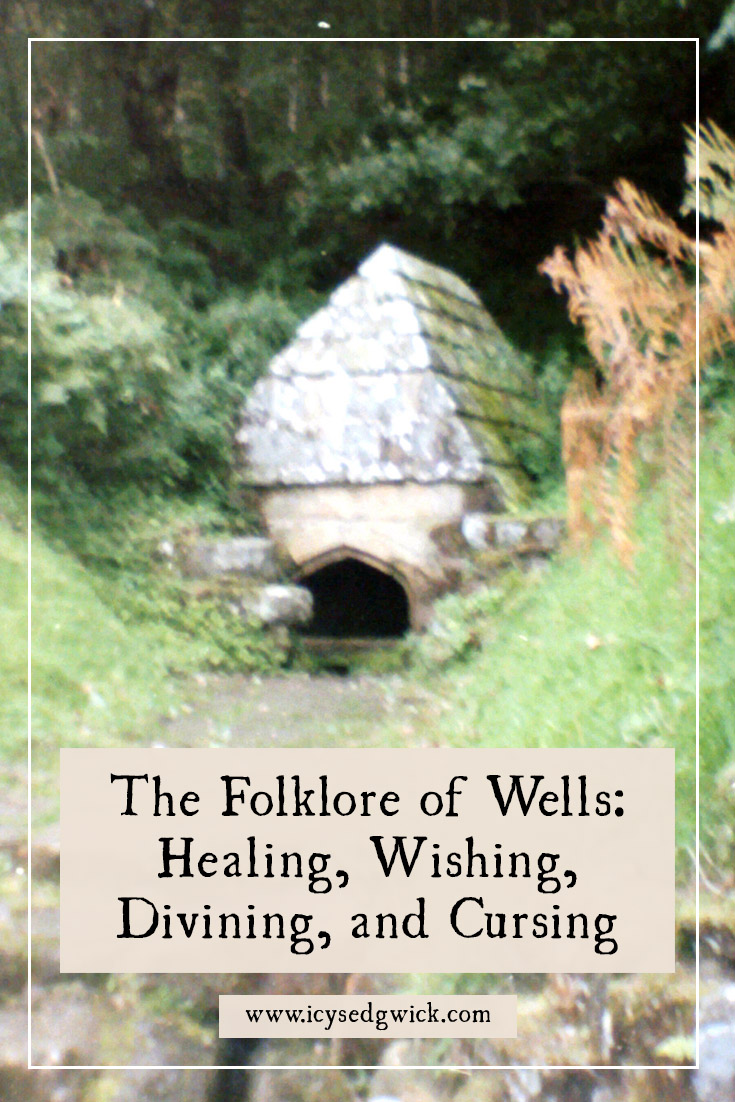





Have your say!